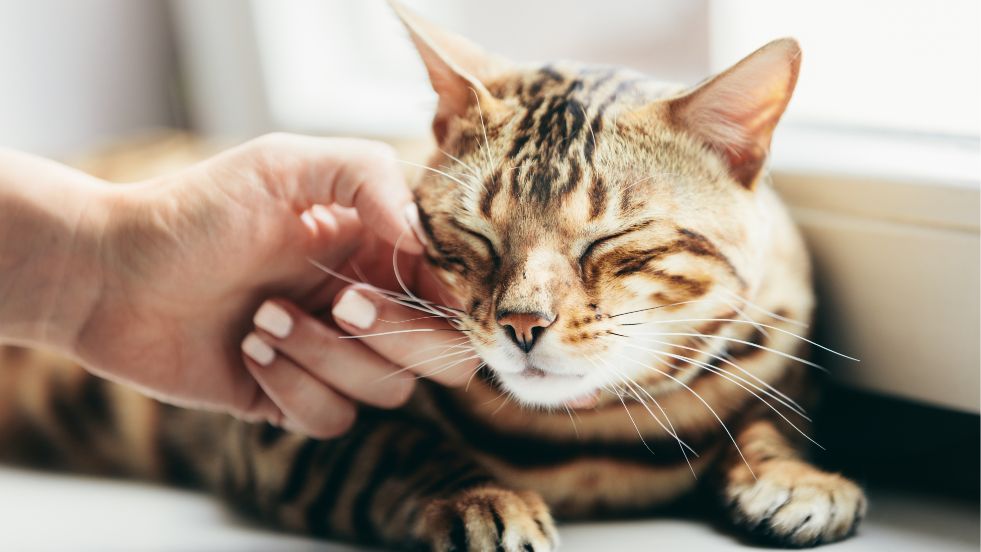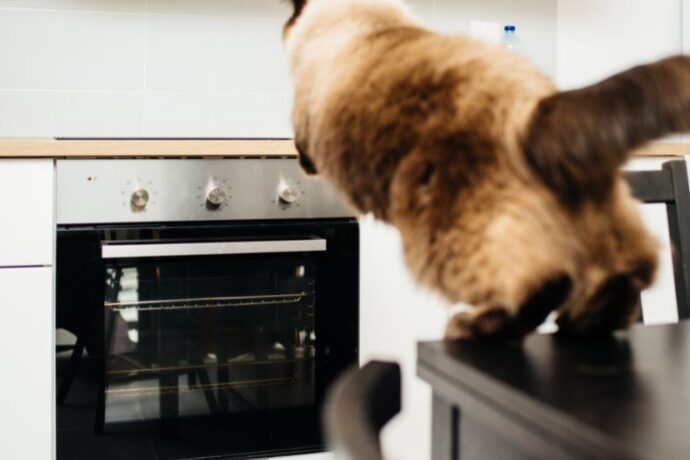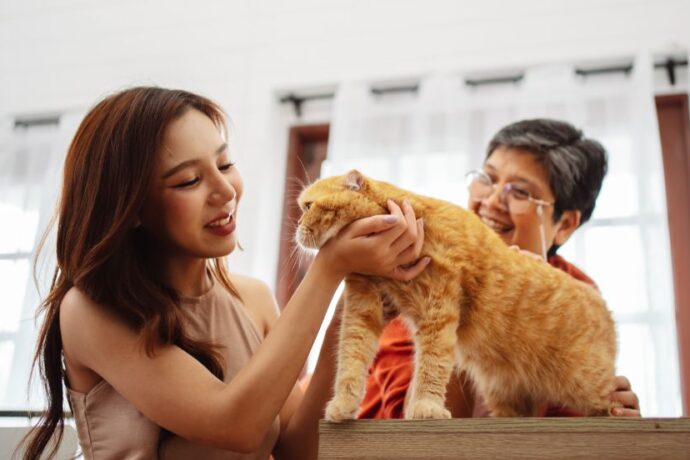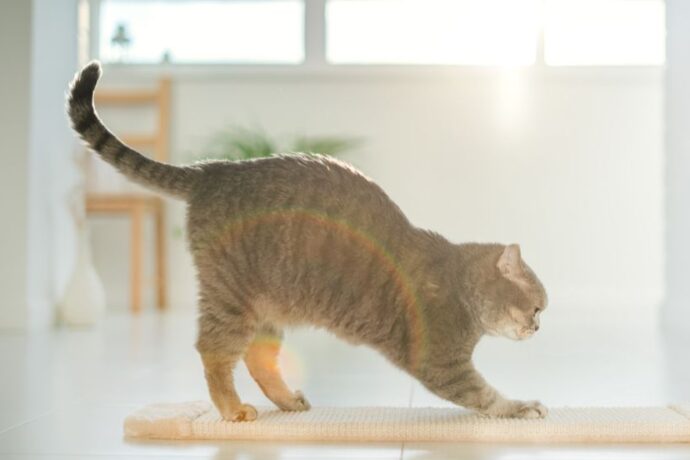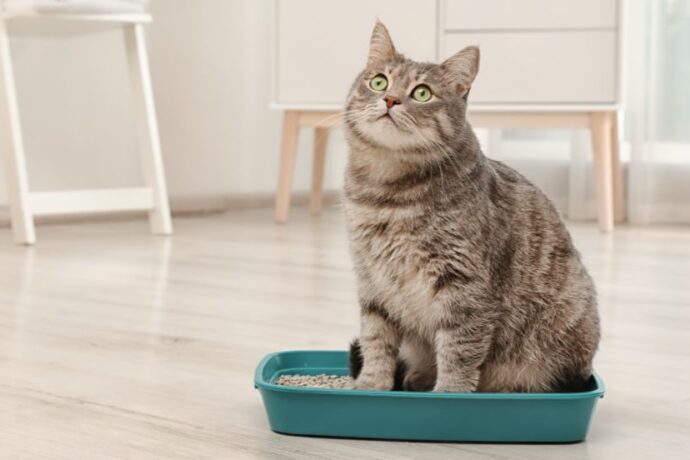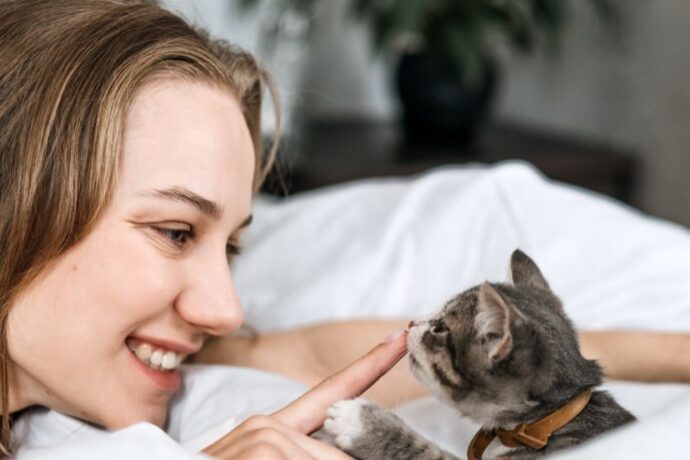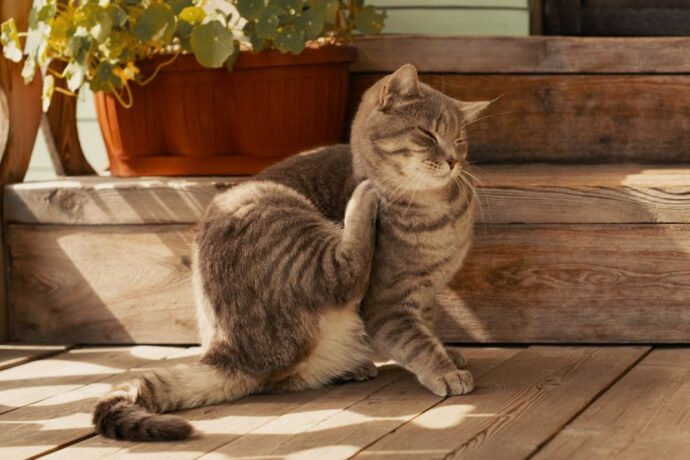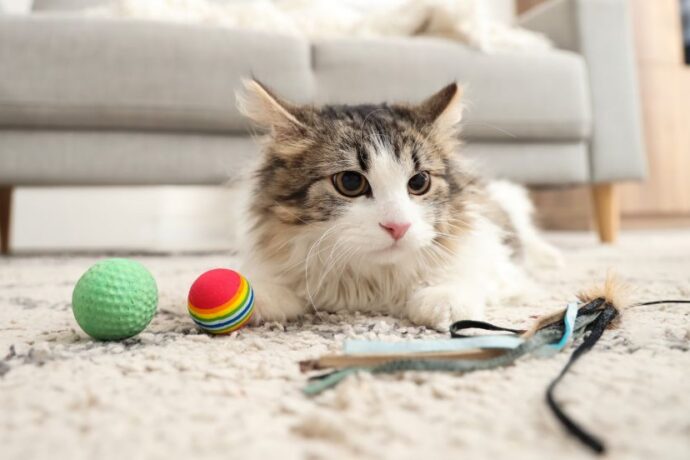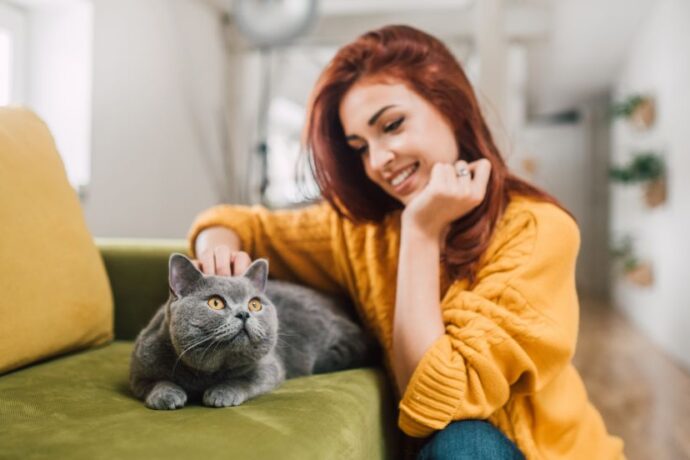If you’ve ever curled up with a cat, you know the comforting sound of a soft purr — a gentle vibration that seems to radiate calm and happiness. But have you ever wondered why cats purr? Is it always a sign of contentment, or is there more to the mystery?
Scientists have studied this unique feline behavior for decades, and while we understand how cats purr, the reasons behind it are far more complex and fascinating than many realize. From communication and healing to bonding and survival, purring is an evolutionary marvel.
Let’s dive into the science behind your cat’s soothing hum.
The Mechanics of the Purr: How Cats Create That Soothing Sound
For years, researchers debated how cats produce purring sounds. Today, we know it’s linked to the laryngeal (voice box) muscles and neural oscillators in the brain. Here’s how it works:
- The brain sends repetitive neural signals to the laryngeal muscles.
- These muscles twitch at a rate of 25–150 vibrations per second (Hz).
- The rapid twitching causes a sudden opening and closing of the glottis (space between the vocal cords).
- As air passes through, it produces the familiar purring sound during both inhalation and exhalation.
Interestingly, not all cats purr the same way. Domestic cats, cheetahs, and bobcats purr continuously, but big cats like lions and tigers produce a “roaring purr” that differs in structure and purpose.
A 2022 study published in Current Biology found that the low-frequency vibrations of purring are unique among mammals, suggesting an evolutionary adaptation specific to felines (1)(2).
The Many Meanings: Why Do Cats Purr?
Contrary to popular belief, cats don’t purr only when they’re happy. Scientists have identified multiple reasons behind purring:
1. Contentment and Relaxation
The most common reason cats purr is when they’re comfortable and happy — while being petted, curled up in a sunny spot, or dozing on your lap.
2. Communication and Bonding
Purring often acts as a communication tool between cats and their humans. Researchers at the University of Sussex discovered the “solicitation purr”, a specific high-pitched variation used when cats want attention or food.
3. Self-Healing Mechanism
One of the most fascinating theories is that purring may promote healing. A study in The Journal of the Acoustical Society of America found that purring vibrations between 25–150 Hz (3)can stimulate:
- Bone regeneration
- Tissue repair
- Pain relief
This might explain why cats sometimes purr when injured or sick — it could be their body’s natural way of speeding up recovery.
4. Stress and Anxiety Relief
Cats may also purr to calm themselves in stressful situations, such as during vet visits or after a fight. Scientists believe the rhythmic vibrations lower stress hormones and create a sense of safety.
Tiny Vibrations, Big Purpose: Why Kittens Purr
- Kittens begin purring at just a few days old, and it serves several crucial functions:
- Bonding with their mother: Purring helps kittens signal contentment and well-being.
- Locating their mother: Blind and deaf at birth, kittens rely on vibrational cues to find warmth and milk.
- Comfort and security: The rhythmic vibrations help newborns feel safe and calm.
For nursing mothers, purring also acts as a two-way communication system, reassuring them that their kittens are healthy and thriving.
Decoding Cat Purring: What It Really Means
Understanding your cat’s purr isn’t always straightforward — context is key. Here’s a quick guide:
| Type of Purr | When It Happens | Likely Meaning |
| Soft, steady purr | While resting or being petted | Happiness and relaxation |
| Solicitation purr | Mealtime or when seeking attention | “Feed me” or “Pet me” |
| Low, throaty purr | At the vet or during discomfort | Self-soothing or healing response |
| Loud, vibrating purr | While playing or kneading | Excitement and pleasure |
By listening closely and observing body language — tail position, ear movement, and posture — you can better interpret what your cat is trying to communicate.
FAQs Frequently Asked Quetions
1. Do cats ever purr when they’re sad or in pain?
A. Yes. Cats sometimes purr when stressed, injured, or unwell. It’s believed to be a self-healing mechanism that reduces pain and anxiety.
2. Do wild cats purr like domestic cats?
A. Some wild cats, like cheetahs and bobcats, purr continuously, while big cats like lions and tigers produce a modified “roaring purr” limited to exhalation.
3. Can a cat’s purr actually heal humans?
A. While studies are ongoing, some researchers believe the low-frequency vibrations of purring could have therapeutic effects on humans, such as reducing stress and promoting bone health.
Conclusion:
The gentle hum of a cat’s purr is more than just a sign of happiness — it’s a complex form of communication, a self-healing mechanism, and a bonding tool that has evolved over millions of years.
Science shows us that purring serves multiple purposes: expressing contentment, seeking attention, healing the body, and easing stress — for both cats and their humans.
References:
1. The enigmatic production of low-frequency purrs in cats
2. Domestic cat larynges can produce purring frequencies without neural input
3. The felid purr: A healing mechanism?

